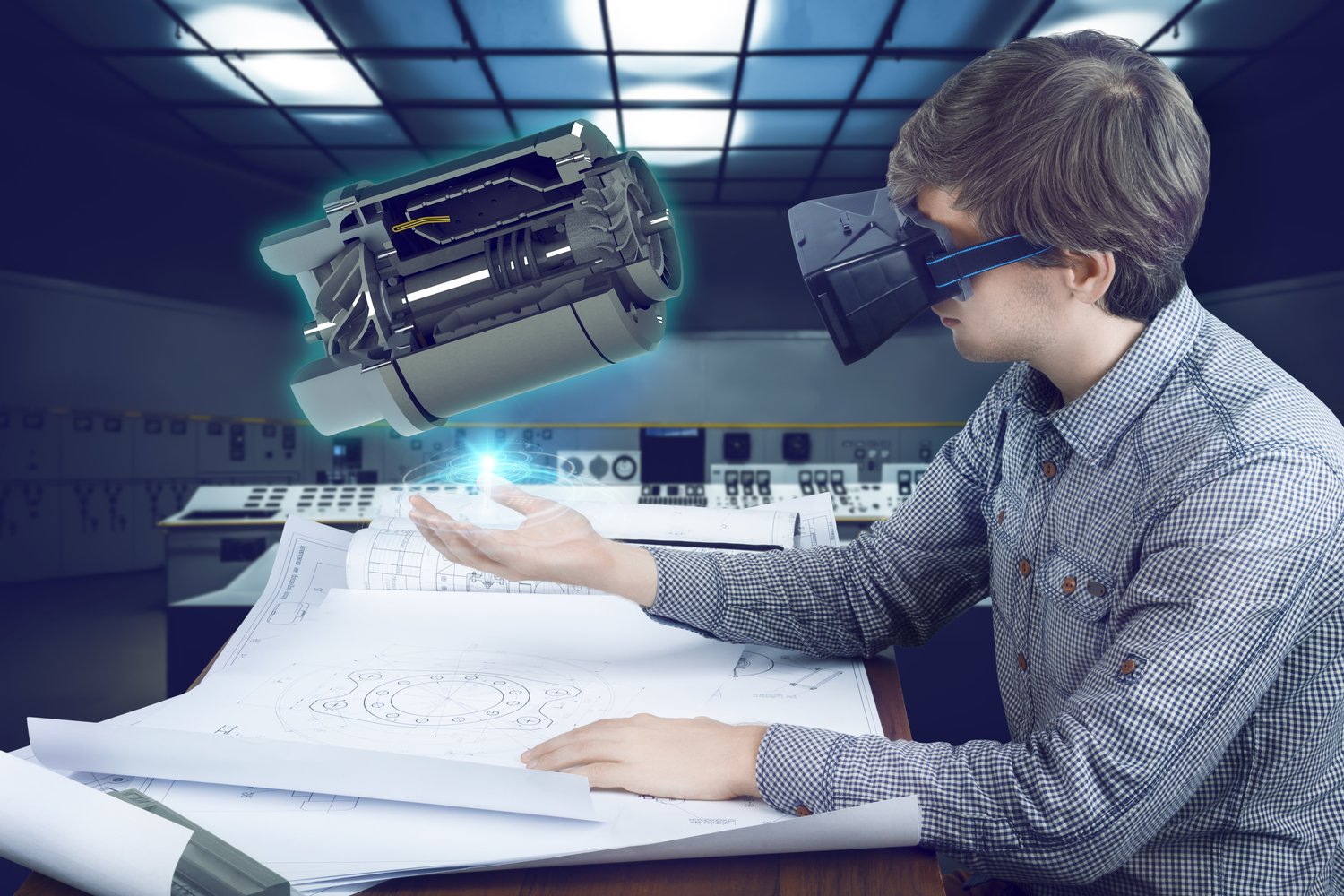There are many perceived barriers to adopting XR technologies. Many articles exist talking about developing the use case or getting the business case approved, and thus the money unlocked; all of which are very valid. However, for the purpose of this article I am going to look at another-getting good quality 3D content into your device.
This issue has a related problem, which probably stems from the point at which a company first decides to have a “dabble”. The games engines, Unity and Unreal Engine, will have you believe that it is really easy to develop your first XR project. And you know what, it is. But that is assuming that you can get your 3D content into the games engine in the first place…
Many companies will spend absolutely ages re-crafting their 3D CAD into something that's useable in a games engine, using a product like 3DS MAX. However, in doing so, the connection to the initial design is lost. Any downstream changes will need to be manually re-modelled, as these are maintained outside of the PLM process. Moreover, as the original geometry wasn’t used, the experience may be “representative” rather than actual.
So, if you are planning on using 3D content in your XR app then it is probably best to find a solution that can make best use of your existing CAD assets. A solution that can read the geometry as it was designed, and will prevent someone having to spend hours re-doing something that the designer already did.
The ability to re-use the designers work will save your company both time and money. Assuming that your XR app might be there to help train your maintenance teams on how to service your product, being able to get this information into their hands sooner rather than later, must be a good thing, right?
Theorem Solutions has developed the Visualization Pipeline to assist with this very problem. The Visualization Pipeline is a cloud based or on-premises server-based product that reads your native CAD, and delivers your 3D assets to you for your XR projects.
Whether you are using Unity or Unreal Engine to craft your XR experiences, the Visualization Pipeline can meet your needs. In addition to being able to translate the CAD file into something more useable, there are many advanced feature sets, that depending on your use case, could make a huge impact. Integrated features such as shrink wrapping, part culling and tessellation (modifying the number of triangles in models) provide many options ensuring that your 3D data is perfect for your project.
Moreover, this is a proper enterprise grade solution. The uploads can be scheduled, and are all stored in an easy to use library for you to access whenever you want them. It is also possible to integrate it with your workflow/PLM system.
If this all sounds rather complicated, then don’t worry. The Theorem Solutions Consulting team are on hand to implement this technology and ensure that you understand how to get the best value from this amazing tool.
So, if getting your 3D CAD into your XR experiences is causing you a headache, reach out to the team at Theorem Solutions to discover how the Visualization Pipeline really is the solution to your pain.
If you liked this blog, then this may also be of interest: Exploring the Cognitive Gap and the potential of XR technologies.



